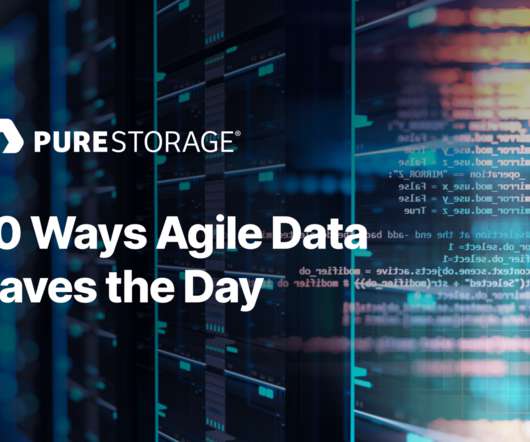IT for businesses: The importance of system integration
Online Computers
OCTOBER 25, 2023
System integration can be categorized into several types: Data integration Data integration focuses on ensuring that data across an organization is consistent, accurate, and accessible when needed. It eliminates data silos and facilitates smooth data flow across different systems.












Let's personalize your content